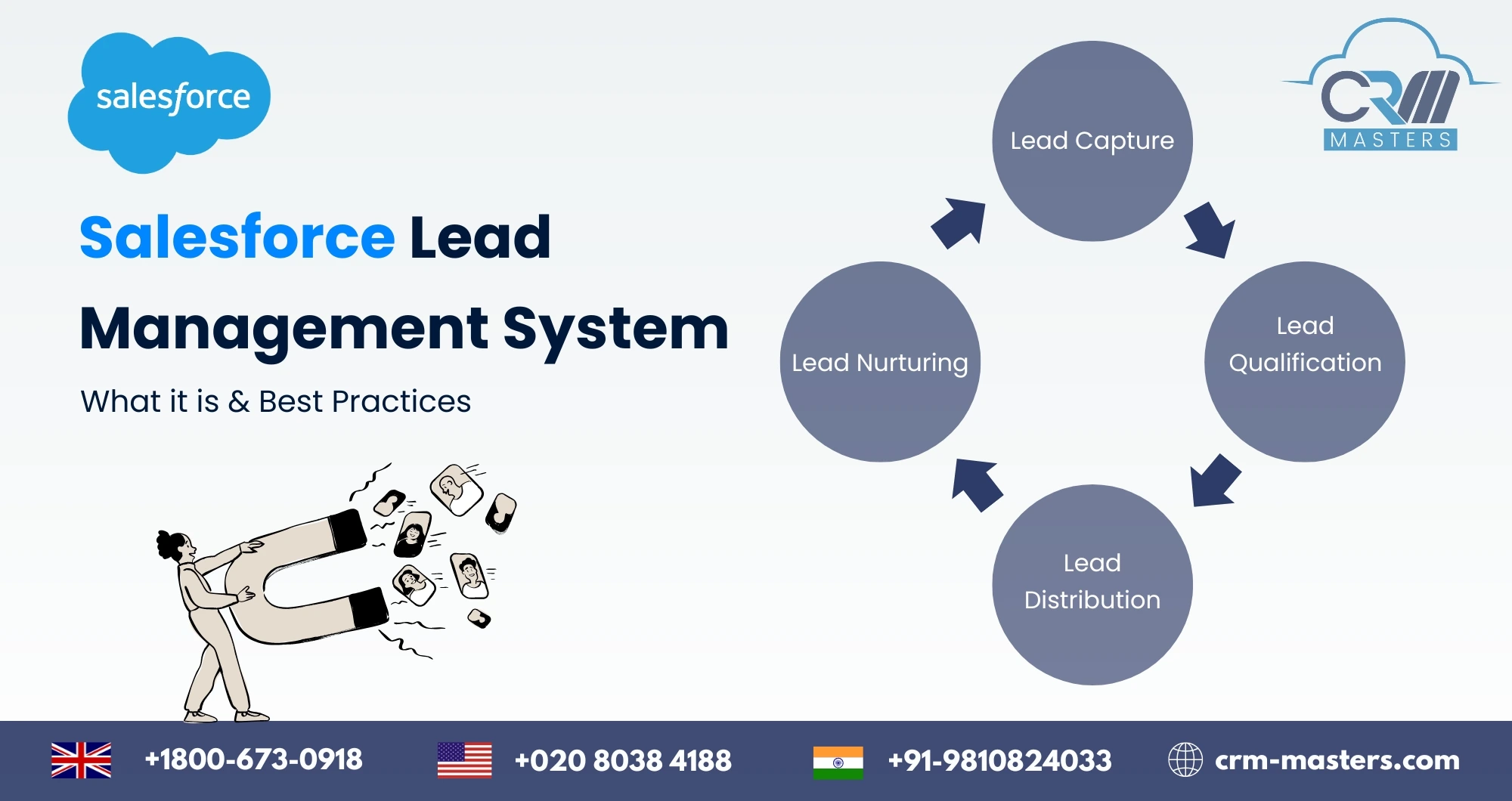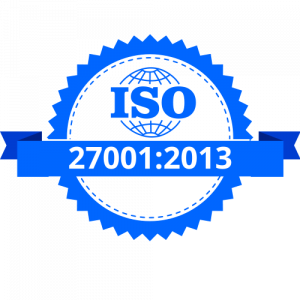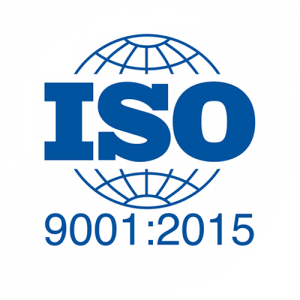
Salesforce Lead Management System: What it is & Best Practices
If you’re using Salesforce, you’re already one step ahead in capturing potential customers. But collecting leads is just the beginning—how you manage those leads determines whether they turn into deals or disappear into the void.
That’s where Salesforce Lead Management comes in.
An effective lead management system doesn’t just help your sales team stay organized—it speeds up the entire sales process, improves follow-ups, and ensures high-quality leads don’t fall through the cracks. In this guide, we’ll walk you through what Salesforce lead management is, why it matters, and the best practices to get the most out of it.
What is Salesforce Lead Management?

Salesforce Lead Management is the process of tracking, nurturing, and converting leads inside the Salesforce platform. It involves everything from collecting lead information to assigning them to the right sales reps, tracking their engagement, and converting them into paying customers.
Think of it as your sales team’s control panel—it reduces manual tasks, provides better visibility, and makes sure leads are moving smoothly through the funnel.
Why Lead Management Matters in Salesforce?
Sales teams often get caught up in routine admin work like assigning leads, logging activities, and checking statuses. These tasks, while important, eat into the time they could spend talking to potential customers.
A strong lead management system in Salesforce can:
- Automatically assign leads to the right reps
- Track where leads come from and what converts best
- Prevent high-potential leads from being ignored
- Improve response time, leading to more closed deals
- Make your sales process faster and more efficient
In short, it helps your team sell smarter, not harder.
6 Best Practices for Salesforce Lead Management
Let’s now explore the six most effective strategies to manage leads better in Salesforce.
1. Tailor Your Salesforce to Fit Your Sales Process
Salesforce is highly customizable—and that’s a huge advantage. You can adjust the platform to match exactly how your sales team works.
- Create custom fields for key lead information (like target industry, budget, or lead type).
- Set up custom page layouts for different sales stages like “New Lead”, “Qualified”, or “Contacted”.
- Make sure those fields carry over when a lead becomes a contact, opportunity, or account.
This personalization helps sales reps view only the relevant details and stay focused on the next best action.
2. Keep Your Lead Data Clean and Accurate
No matter how great your strategy is, bad data will hold you back.
Salesforce provides tools to ensure lead information stays reliable:
- Validation rules: Stop users from leaving important fields blank or entering wrong data.
- Duplicate management: Automatically flag or merge duplicate records to avoid confusion.
- Regular data cleaning: Standardize, audit, and enrich your data so your reports are accurate.
When your CRM has clean, up-to-date data, your team can make confident, data-driven decisions.
Also Read: What is Salesforce Data Migration and It’s Best Practices
3. Use Lead Scoring to Prioritize Efforts
Not all leads are created equal. Some are more likely to convert—and lead scoring helps you spot them.
When a lead reaches a certain score, it signals your sales team to take action. While Salesforce doesn’t include scoring in its basic setup, tools like Marketing Cloud Account Engagement (Pardot), Einstein AI, or integrations with platforms like HubSpot and Marketo make it easy to add.
The benefit? Your reps spend time on leads that are most likely to convert, not just whoever came in first.
4. Automate Repetitive Tasks and Integrate Tools
Automation is your best friend in Salesforce. It helps your team save time and stay productive.
You can use Salesforce Flows to:
- Automatically assign leads based on region, product interest, or deal size.
- Notify a rep via Slack or email when a lead is assigned.
- Auto-qualify leads that meet specific criteria (like budget and industry).
You can also connect Salesforce with tools like:
- Calendly for scheduling
- ZoomInfo or Clearbit for data enrichment
- Slack for instant communication
- QuickBooks or Stripe for billing insights
These integrations reduce manual work and give your team a complete picture—all in one place.
5. Track Performance with Dashboards and Reports
Salesforce dashboards are powerful—they let you see how well your lead management is working in real time.
Key metrics to track include:
- Lead conversion rate (how many leads turn into opportunities)
- Top-performing lead sources
- Average sales cycle length
- Win/loss ratio
- Lead volume by rep or region
You can build customized dashboards to monitor these metrics and share them across the team. This not only improves transparency but helps you identify where to improve and where to double down.
6. Automate Lead Routing for Speed and Fairness
Manually assigning leads can be a bottleneck, especially when your team is growing.
Salesforce allows you to set lead assignment rules based on:
- Geography
- Lead score
- Industry
- Product interest
Once a lead matches the criteria, it’s instantly assigned to the right rep. This ensures no lead goes unassigned or gets delayed. Want to go further? Tools like Zapier or Salesforce Flow can automate follow-ups, booking links, or qualification tasks.
The result? Faster responses, better engagement, and more closed deals.
Make Salesforce Work for You with CRM Masters
Salesforce Lead Management isn’t just a feature—it’s a framework for smarter selling. When used right, it reduces manual effort, improves lead handling, and keeps your sales team focused on closing deals.
Whether you’re just starting with Salesforce or looking to refine your lead process, the six practices above will help you build a system that’s scalable, efficient, and personalized to your business.
Better lead management = faster sales, happier teams, and more revenue.
Book a free consultation call now!












